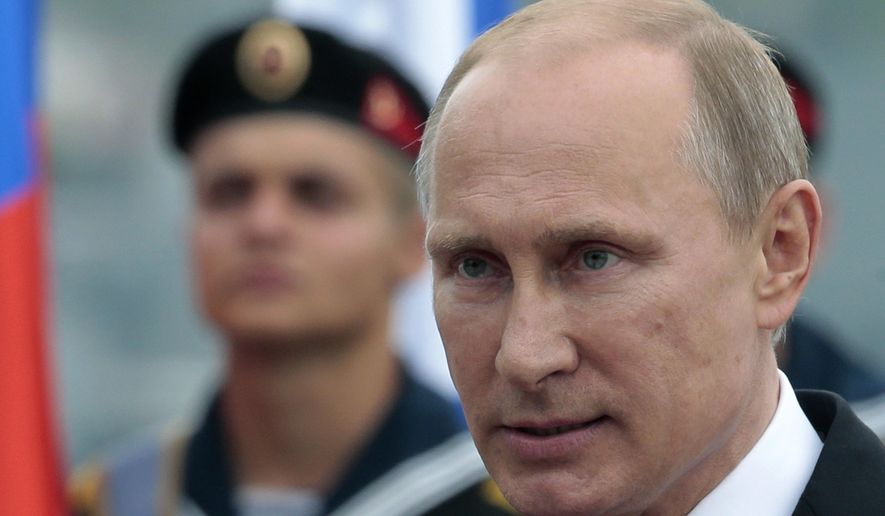Sunday was Navy Day in Russia, celebrating the power and history of the Russian fleet. The Kremlin used the occasion to announce a new naval doctrine on its website which lays out an ambitious plan to modernize and reconstitute a blue water Russian naval force. The plan establishes goals and a timeline to improve Russian power projection capabilities in the Atlantic and Arctic regions.
Although it sounds powerful on paper, the real question with oil trending
below $50 a barrel, is whether Russia can afford this agenda.
Russian Deputy Prime Minister Dmitry Rogozin who spoke at the event held in Kaliningrad, said “the main emphasis is in two directions — the Arctic and Atlantic … The Atlantic emphasis is linked to the fact that recently there has been a quite active development of NATO and it has approached our borders. The Russian Federation will of course respond to that.”
The Russian navy will receive new icebreakers to allow Russia to access the Pacific and the Atlantic through the Arctic region. Mr. Rogozin also said Russia would establish a permanent force in the Mediterranean, utilizing the naval base in Sevastopol, acquiring during the Russian annexation of the Crimean Peninsula last year.
These plans for a Russian naval buildup come as Moscow is dealing with a severe economic crisis brought on by the collapse in the price of crude oil and the continuing bite of Western economic sanctions brought on by the Russian annexation of Crimea and Russian support of the war in East Ukraine. Also last week, Russian President Vladimir Putin fired approximately 110,000 Russia federal civil officials in one day in a dramatic move to cut costs.
With the Iran nuclear deal moving forward, it is highly likely that large amounts of Iranian crude oil will come on the market in the coming years. This has caused futures contracts for crude oil to plunge, damaging Russia’s ability to meet spending targets for its ambitious military goals.
Moscow’s refusal to diversify its economy in the heady days of $100 oil is now coming back to haunt them. The war in East Ukraine shows no signs of stabilizing anytime soon. In fact, NATO reports that upwards of 50,000 Russian troops are mobilized on the Ukrainian border.
The Kremlin will face tough decisions in the near term as social spending has already been cut dramatically and the threat of social unrest due to high military spending in the face of further social cuts is very real. This begs the question, can Moscow afford its new navy?




Please read our comment policy before commenting.